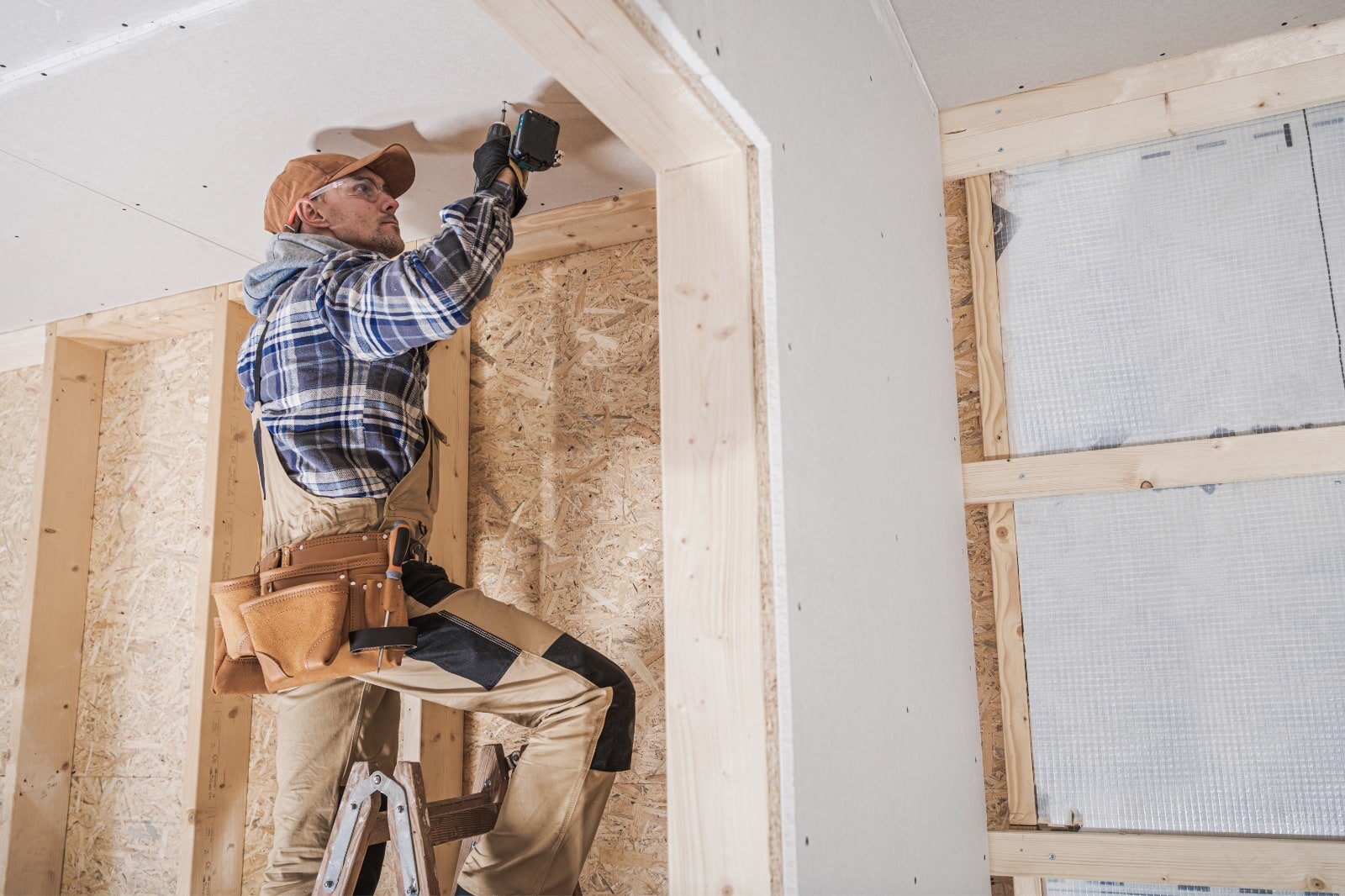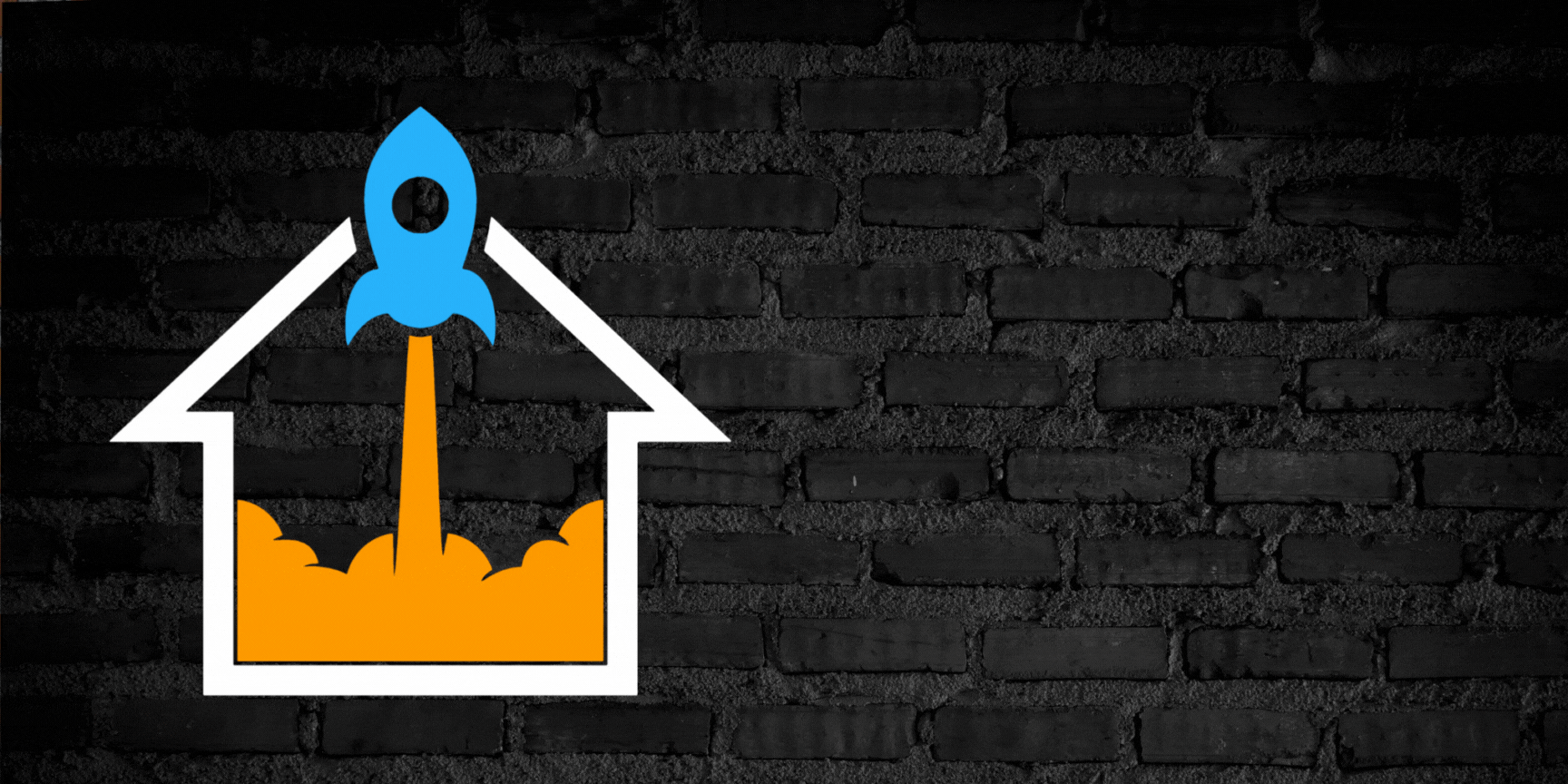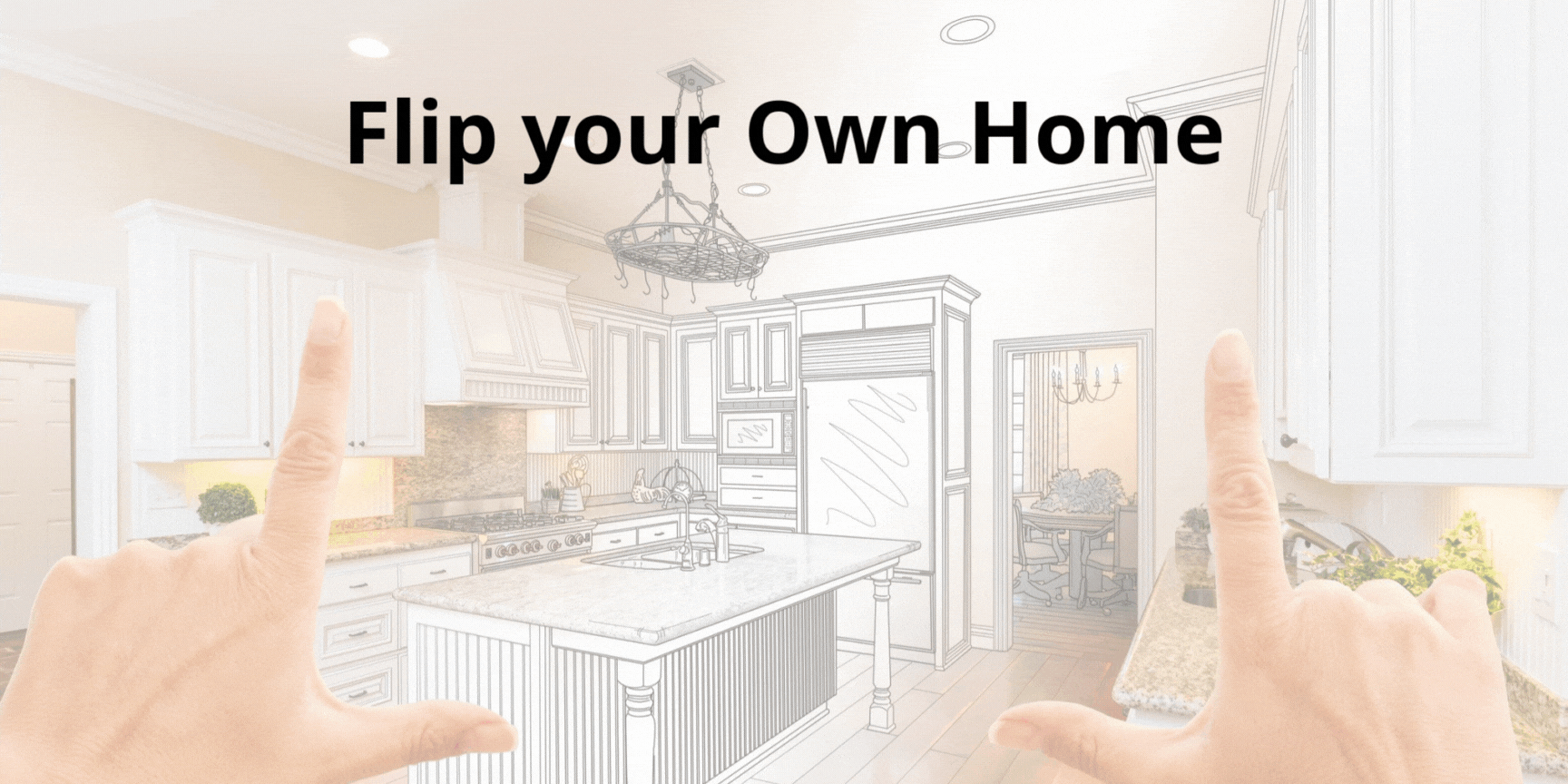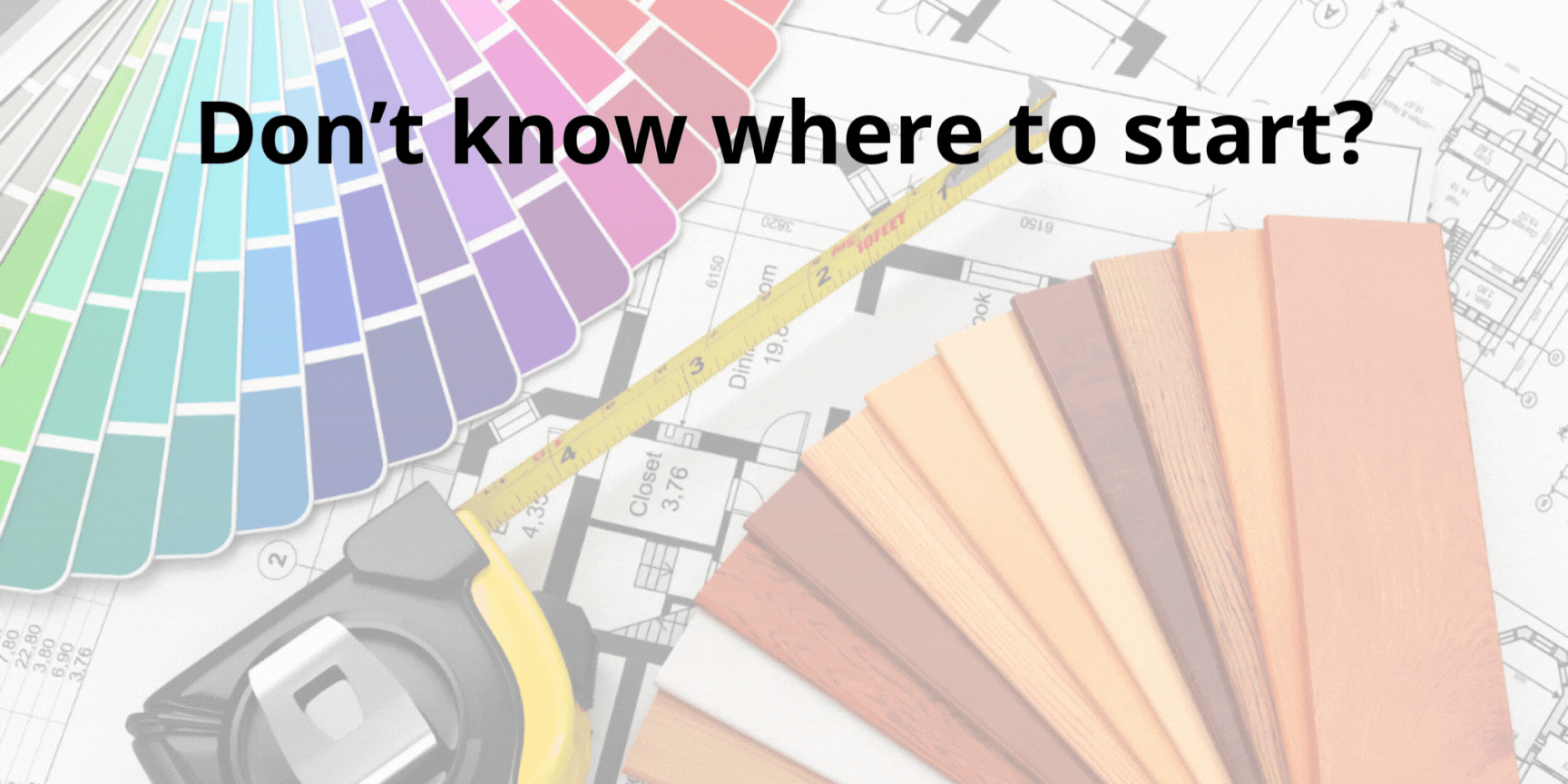In the high-stakes world of Bay Area real estate, making strategic decisions about home improvement is crucial for maximizing property value. The quest for the best ROI home improvements requires a blend of market insight and an understanding of how particular upgrades impact home value. Whether it’s a kitchen remodel, bathroom renovation, or a comprehensive home remodeling initiative, each project carries its own potential for boosting property value and enhancing appeal to potential buyers. Given the ever-evolving real estate landscape, identifying renovations with the highest return on investment is pivotal for homeowners looking to make informed decisions that will lead to substantial benefits.
This article delves into the world of home improvement from a value maximization perspective, covering a range of topics critical for homeowners. It begins by explaining the concept of return on investment in the realm of home remodeling, followed by a detailed exploration of top home remodeling projects with the highest ROI, including kitchen and bathroom remodels. Readers will also learn how to calculate their home remodeling ROI, navigate financing options for their projects, and understand the intangible benefits of quality of life improvements beyond mere numbers. By providing a holistic view of home improvement from a financial and personal satisfaction standpoint, this guide aims to equip homeowners with the knowledge they need to make savvy decisions that enhance both their living environment and the market value of their homes.
Understanding ROI in Home Remodeling
Defining ROI for Home Projects
Return on Investment (ROI) in the context of home remodeling is a critical metric that homeowners need to understand before embarking on any renovation project. It measures the efficiency of an investment or quantifies the return on a particular renovation project in terms of increased home value relative to the project’s cost. Essentially, ROI is the percentage of money returned from an investment compared to the amount invested. Projects like electric HVAC conversions, garage door replacements, manufactured stone veneers, and steel entry door replacements have historically shown the greatest ROI, regardless of the property’s location or the state of the residential property market.
Factors Influencing ROI
Several factors can significantly impact the ROI of home remodeling projects. These factors include but are not limited to:
Project Type and Scope: Not all renovations are created equal. Some projects, such as kitchen and bathroom updates, tend to yield a higher ROI compared to luxury upgrades or highly personalized renovations. It’s crucial to align renovation efforts with the preferences of potential buyers and ensure that spending more does not necessarily mean creating greater value.
Local Market Trends: The ROI of a renovation project can vary based on local market trends, the timing of the real estate market, and the craftsmanship of the improvements. For instance, adding a wood deck, modernizing kitchens and bathrooms, and replacing windows are associated with high ROI in many markets.
Quality of Improvements: The durability and quality of design choices can influence the long-term value of the renovations. Projects that enhance both the functionality and enjoyment of your home, such as expanding living space, often offer enduring value.
Cost of Materials and Labor: The overall cost of a renovation project, including materials and labor, can affect its ROI. Labor expenses can fluctuate based on the project scope and geographic location, while material costs are affected by market conditions and chosen quality.
Comparison with Neighborhood Standards: Improvements should be appropriate for the type of dwelling and the local property area. Over-improving a home well above the average for neighboring houses might not yield a return proportional to the investment.
Personal Enjoyment: The ultimate reason for any home remodeling project should be the enjoyment received from living in an updated home. While ROI is an important consideration, the personal value and satisfaction derived from a renovation can outweigh the financial return.
Understanding these factors can help homeowners make informed decisions about which remodeling projects to pursue and how to maximize the return on their investment. Tools like RenoFi’s After Renovation Value Calculator and resources like Remodeling magazine’s “Cost vs. Value” report can provide valuable insights into expected payback on specific projects, helping to guide these decisions.
By carefully considering these aspects, homeowners can strategically plan their home improvements to not only enhance their living experience but also to ensure a favorable return on investment when it comes time to sell or refinance their property.
Top Home Remodeling Projects with High ROI
In the realm of home improvements, certain projects stand out for their ability to enhance both the aesthetic appeal and market value of a property. Focusing on areas such as kitchen renovations, bathroom updates, exterior enhancements, and energy efficiency upgrades can significantly increase a home’s return on investment (ROI). These improvements not only make a home more comfortable and efficient for current occupants but also more marketable for future sale.
Kitchen Renovations: Major vs. Minor
Kitchen renovations consistently rank among the top home improvement projects for ROI. The scale of the renovation, whether major or minor, can greatly influence the return. Minor kitchen remodels, such as updating cabinets, adding a kitchen island, or upgrading appliances, can yield substantial returns. For instance, adding a kitchen island is a sought-after feature that adds counter and storage space, making the kitchen feel larger and more functional. On the other hand, major renovations, including comprehensive layout changes and high-end appliance upgrades, offer their own set of benefits. While more costly, these renovations can transform the entire look and feel of a kitchen, making it a strong selling point for potential buyers.
Bathroom Updates: From Simple Fixes to Complete Overhauls
Bathroom renovations are another area where homeowners can see a high ROI. Even simple updates, such as redesigning the backsplash or updating fixtures, can significantly enhance a bathroom’s appeal. Full renovations, including modernizing the master bath, can be particularly impactful, driving potential buyers’ interest. Accessibility modifications, such as zero-entry showers and open vanities, not only cater to a wider range of buyers but also reflect a growing trend towards universal design.
Exterior Enhancements: Curb Appeal Matters
The exterior of a home is the first thing potential buyers see, making curb appeal enhancements a wise investment. Projects that improve the home’s facade, such as power washing, painting the trim, or updating the front door, can significantly boost perceived value. Landscaping improvements further enhance curb appeal, making the property more inviting. Additionally, replacing old siding or adding manufactured stone veneer can yield an impressive ROI, improving both the aesthetic and functional aspects of a home’s exterior.
Energy Efficiency Upgrades: Going Green Saves More
With growing environmental consciousness and rising utility costs, energy-efficient home improvements have become increasingly valuable. Upgrades such as enhanced insulation, smart thermostats, and solar panel installations not only reduce energy bills but also increase a home’s market value. These improvements appeal to a broad audience, including the 9 out of 10 homebuyers who prefer energy-efficient features. Furthermore, green certifications from programs like ENERGY STAR can add a premium to a home’s selling price, showcasing the tangible benefits of investing in energy efficiency.
By focusing on these key areas, homeowners can strategically enhance their property’s appeal and value, ensuring a favorable return on investment when it comes time to sell.
How to Calculate Your Home Remodeling ROI
Calculating the Return on Investment (ROI) for home remodeling projects is a critical step in ensuring that homeowners make financially sound decisions. This process involves analyzing the cost of the project against the potential increase in home value, thereby determining the efficiency of the investment.
Cost vs. Value: Analyzing Investment and Returns
The cornerstone of calculating home remodeling ROI lies in the cost vs. value analysis. This method compares the amount spent on a remodeling project to the value it adds to the property. It’s essential to understand that not all renovations yield the same return; for example, projects like electric HVAC conversions, garage door replacements, manufactured stone veneers, and steel entry door replacements have historically shown significant ROI. On the other hand, larger and more expensive renovations do not always guarantee higher returns. According to Remodeling magazine’s annual “Cost vs. Value” report, understanding these dynamics can help homeowners prioritize projects that offer the best financial payoff.
Using Remodeling Calculator Tools
Several online tools and calculators can simplify the ROI calculation process. These tools typically require inputting specific details about the renovation, such as project type, scope, and estimated costs, to generate an ROI percentage. For instance, the National Association of Realtors provides data showing average ROI percentages for various projects, from hardwood flooring refinish (147%) to adding a new primary bedroom suite (56%). Utilizing these calculators can provide homeowners with a ballpark figure of expected returns, aiding in making informed investment decisions.
Here are several remodeling cost calculators to try:
- RenoFi’s After Renovation Value Calculator
- Realtor.com Renovation Calculator
- Kukun Home Renovation Cost Estimator
Considering Market Trends and Property Valuation
Market trends and the current valuation of the property play pivotal roles in determining remodeling ROI. The same renovation project can yield different returns depending on the property’s location, the state of the real estate market, and the home’s initial value. For example, an insulation upgrade may offer a 100% ROI in energy-efficient markets but less in areas where energy costs are not a primary concern for buyers. Additionally, understanding the average cost recovery rate, which, according to the National Association of Realtors, stands at 56%, allows homeowners to set realistic expectations regarding their investment returns.
Remodeling Project Return on Investment (ROI) Percentage
- Hardwood flooring refinish 147%
- New wood flooring 118%
- Insulation upgrade 100%
- New roofing 100%
- Garage door replacement 100%
- Basement conversion to living area 86%
- Fiber cement siding 86%
- Closet renovation 83%
- Vinyl siding 82%
- Complete kitchen renovation 75%
This list showcases the ROI percentages for various interior and exterior remodeling projects, highlighting the potential financial benefits of specific renovations. It’s evident that some projects like hardwood flooring refinish and new roofing can offer returns exceeding the initial investment, making them attractive options for homeowners looking to increase their property’s value.
In conclusion, calculating the ROI of home remodeling projects requires a comprehensive analysis of costs, expected returns, market trends, and property valuation. By leveraging cost vs. value reports, utilizing remodeling calculator tools, and considering the local real estate market, homeowners can make informed decisions that maximize the financial benefits of their renovation investments.
Financing Your Home Remodel
Financing a home remodel can be a significant undertaking, requiring careful consideration of various financing options to find the one that best suits your financial situation and project needs. From leveraging the equity in your home to taking advantage of government incentives, several avenues can provide the necessary funds for your renovation project. This section explores the most common financing methods, including home equity loans and lines of credit, personal loans and savings, as well as government incentives and rebates.
Home Equity Loans and Lines of Credit
Homeowners looking to finance their remodel projects often turn to home equity loans and lines of credit (HELOCs) due to their lower interest rates compared to other financing options. A home equity loan provides a lump-sum payment, making it a suitable choice for projects with a defined budget. In contrast, a HELOC offers flexible access to funds, allowing homeowners to borrow as needed up to a set limit, which is particularly useful for ongoing or phased projects.
Home Equity Loan: This option involves borrowing a fixed amount against the equity in your home, which is paid back over a set term with fixed monthly payments. It’s ideal for homeowners who have a clear estimate of their project costs.
Home Equity Line of Credit (HELOC): Unlike a traditional loan, a HELOC works like a credit card, offering a revolving line of credit based on your home’s equity. During the draw period, you can borrow funds as needed and make interest-only payments. The repayment period then follows, where you pay back the borrowed amount plus interest.
Both options use your home as collateral, emphasizing the importance of timely repayments to avoid the risk of foreclosure.
Personal Loans and Savings
For homeowners who prefer not to use their home as collateral or do not have sufficient equity, personal loans and savings present viable alternatives.
Personal Loans: Unsecured personal loans can be obtained quickly, often within a week, making them a convenient option for immediate financing needs. Interest rates vary based on creditworthiness, with terms typically ranging from two to seven years. Pre-qualification processes allow borrowers to gauge potential rates and monthly payments, aiding in budget planning.
Savings: Financing a remodel with savings is the most straightforward method, eliminating interest costs and borrowing complexities. Homeowners can set aside funds monthly to build up a renovation fund. For smaller projects or phased renovations, this approach allows for interest-free financing, albeit requiring patience and disciplined saving.
Government Incentives and Rebates
Recent legislation, such as the Inflation Reduction Act, has introduced various tax credits and rebates to encourage energy-efficient home improvements. These incentives not only reduce the upfront cost of renovations but also contribute to long-term savings on energy bills.
Tax Credits: Homeowners making qualified energy-efficient improvements can claim a tax credit of up to $3,200 annually through 2032. Eligible improvements include energy-efficient doors, windows, insulation, and certain high-efficiency heating and cooling systems, with specific limits on credit amounts for different upgrades.
Rebate Programs: The Home Efficiency Rebates and Home Electrification and Appliance Rebates offer financial incentives for energy efficiency retrofits and electrification projects. Rebates range from $2,000 to $4,000 for individual households, with additional opportunities for multifamily buildings and low- to medium-income households.
Contractor Training Grants: To support these rebate programs, the Home Energy Efficiency Contractor Training Grant aims to certify contractors in residential energy efficiency and electrification, ensuring quality installations and maximizing the benefits of energy-saving upgrades.
By exploring these financing options, homeowners can strategically plan their remodel projects, leveraging available resources to enhance their homes’ value and functionality while managing costs effectively.
ROI Beyond Numbers: Quality of Life Improvements
Home improvement ventures transcend mere aesthetic or functional upgrades; they embody the creation of a sanctuary that mirrors the unique identity and lifestyle of its inhabitants. These projects, ranging from modernizing outdated fixtures to expanding living spaces, underscore the essence of transforming a house into a more personalized and comfortable home. This transformation not only elevates the property’s visual appeal and utility but also significantly enhances the homeowner’s quality of life.
Enhanced Livability and Comfort
The pursuit of a more livable and comfortable space is a compelling motivator behind many home improvement projects. The integration of eco-friendly materials and energy-efficient appliances, for instance, not only minimizes the environmental footprint but also reduces utility costs, contributing to a more sustainable and comfortable living environment. Furthermore, the application of universal design principles, such as no-step entrances and wide doorways, ensures that homes are adaptable and accessible, accommodating the evolving needs of all residents regardless of age or ability. These improvements foster a sense of well-being, making daily activities more convenient and enjoyable.
Personal Satisfaction and Aesthetic Value
The personalization of living spaces is a profound aspect of home renovations, allowing homeowners to express their individual style and preferences. This process of customization fosters a deep sense of ownership and connection with the home, enhancing personal satisfaction. Renovating a cluttered or outdated space not only revitalizes its appearance but also promotes a more organized and tranquil environment, significantly reducing stress and improving mental health. The sense of accomplishment derived from transforming a space, coupled with the aesthetic value it adds, boosts self-esteem and enriches the homeowner’s life.
Home Efficiency and Sustainability
Investing in home efficiency and sustainability is not only a financially prudent decision but also a lifestyle choice that aligns with contemporary environmental consciousness. Upgrades such as improved insulation, energy-efficient windows, and climate control systems not only enhance the living comfort but also contribute to a healthier planet by reducing energy consumption. The adoption of solar energy solutions and tankless water heaters exemplifies the shift towards more sustainable living practices, offering both immediate cost savings and long-term benefits for the environment.
Incorporating eco-friendly upgrades, such as energy-efficient appliances and sustainable materials, not only provides a tangible return on investment through reduced utility bills but also contributes to a more enjoyable and responsible way of living. These enhancements align with the growing demand for greener homes, appealing to environmentally conscious buyers and potentially increasing the property’s resale value in a competitive real estate market.
In summary, the return on investment in home improvement projects extends beyond financial gains, encompassing significant enhancements in the quality of life, personal satisfaction, and environmental sustainability. These intangible benefits, though not always quantifiable, play a crucial role in transforming a house into a cherished home, making every investment worthwhile.
Conclusion
Through a comprehensive exploration of strategic home improvements, this article has illuminated the powerful dynamic between choice renovations and their ability to significantly enhance property value while also elevating the living standards of homeowners. By focusing on projects with the highest return on investment, such as kitchen and bathroom updates, exterior enhancements, and energy efficiency upgrades, homeowners are equipped to make informed decisions that not only promise substantial financial returns but also improve the overall appeal of their homes. These insights underscore the importance of understanding the market, the unique attributes of each property, and the broader implications of renovation choices.
At the heart of savvy real estate decisions lies the balance between enhancing property value and enriching personal living spaces. As we have seen, the impact of well-chosen home improvements extends far beyond immediate financial gains, touching on aspects of comfort, sustainability, and personal satisfaction. Homeowners are encouraged to consider not just the potential increase in market value, but also the intangible benefits that such projects bring to their daily lives. In doing so, the act of renovating transcends mere investment, becoming a meaningful journey towards creating a space that truly feels like home, reflecting individual style, and supporting a sustainable lifestyle.
FAQs
What Home Improvements Offer the Best Return on Investment?
The most significant return on investment (ROI) in home improvement is found in bathroom remodels. Focusing on updating the bathrooms rather than small projects in multiple rooms can be more advantageous. A minor remodel, without fully gutting the room but refreshing its look, can significantly impact the home’s value.
Which Home Improvement Projects Increase Home Value the Most?
Several projects can notably boost your home’s value, including:
- Kitchen remodels: Updating the kitchen can offer substantial returns.
- Appliance upgrades: Ensuring appliances match or updating them can enhance the kitchen’s appeal.
- Attic or basement remodels: Utilizing these spaces more efficiently can add value.
- Energy efficiency improvements: Making your home more energy-efficient is both practical and appealing to buyers.
- Adding a swimming pool, luxury upgrades, and converting garages into living spaces can also increase the home’s market value.
What Does the 30% Rule Mean in Home Renovation?
The 30% rule in home renovation suggests setting aside an additional 20 to 30 percent of your project’s total estimated cost to cover unexpected expenses. Renovations often exceed initial time and budget estimates, and this rule helps homeowners prepare for unforeseen costs.
Which Remodeling Projects Offer the Highest Return Upon Selling the Home?
The top three remodeling projects that are likely to yield the greatest return when selling your home include:
- Minor bathroom remodels, as they refresh the space without complete overhauls.
- Kitchen updates, which can significantly appeal to potential buyers.
- Energy efficiency improvements, making the home more attractive and cost-effective for the long term.
Great Santa Clara Homes for Sale
2
3
4
5
6
7
8
9
10
11
12
13
14
15
16
17
18
19
20
21
22
23
24
25








